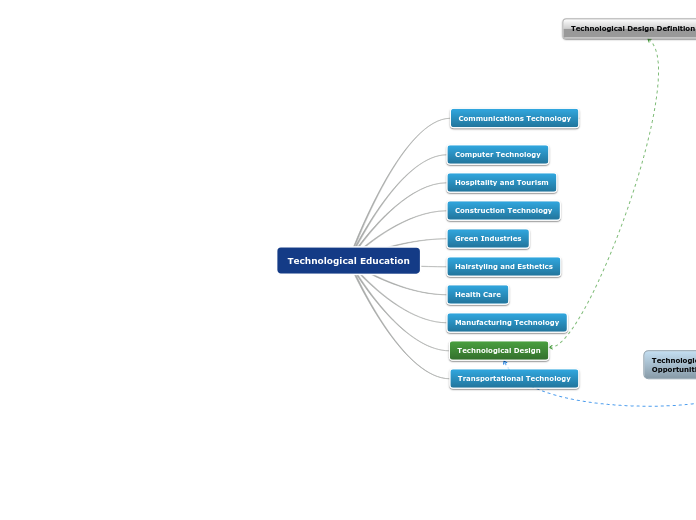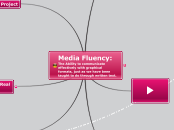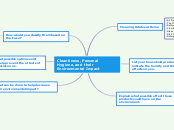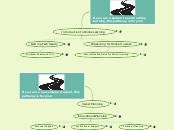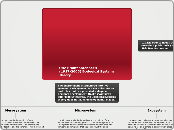por Andrew Wesley 4 anos atrás
201
Technological Education
In the realm of technological education, students engage in a diverse array of fields ranging from computer technology and health care to hospitality and tourism. Courses are designed to provide practical knowledge and hands-on experience, preparing students for various career paths.
